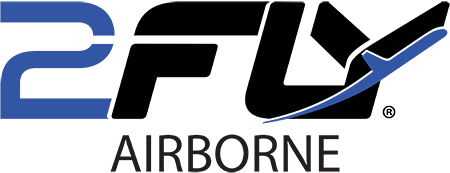“When can I start?”
We offer two classes each month for our training programs. For a current list of available class dates, please view the main page of our website.
“How do I sign up to start training?”
In order to begin training with us, we require you to submit the following information to our admissions office.
1) Completed and signed student application
2) $1,000 non-refundable course deposit
3) Color scanned copy of our passport
4) International Students: In order to produce the I-20 application for your visa, you are required to also send us financial evidence showing you have the funds available to cover the tuition costs.
“How long does it take to learn to fly and earn a commercial pilot certificate?”
The same variables that affect the cost of learning to fly will affect the time it takes to earn your certificate. The FAA and EASA have regulatory requirements in place with a minimum number of flight hours needed to obtain a pilot certificate.
Based on a full time training program, our FAA career pilot programs will take anywhere from six to eight months to complete and the EASA pro pilot program will take 12 to 14 months to complete
“How old do I have to be before I can start taking flying lessons?”
You don’t have to be a particular age before you can begin taking flying lessons. That said, however, you do have to be at least 16 years old before you can solo an airplane, and 17 before you can be issued a private pilot certificate. To obtain a commercial pilots license, you must be 18 years of age. Therefore, it may not be particularly efficient from the standpoint of cost and flight hours to begin lessons too early.
Since our primary focus is training professional pilots, we require all students be a minimum of 18 years of age to enroll on our professional pilot training programs.
“I’ve been warned about not paying large amounts of fees up-front. What are Airborne’s requirements for payment?”
We agree. Unlike many large flight school competitors who ask for 50% or 100% of tuition fees paid up-front, we don’t! Payments are collected in monthly installments as you progress through your training program. Your admissions representative will detail this further prior to enrollment.
“How old is too old to begin flying lessons?”
When you say “student pilot,” most people think of a youngster chasing a dream. In reality, today’s “student pilots” are likely a middle-aged adult who’s not only chasing, but actually fulfilling a lifelong ambition to become a pilot. We have trained students ranging in age of 16-65. The majority of our student body ranges from age 18 to 24.

